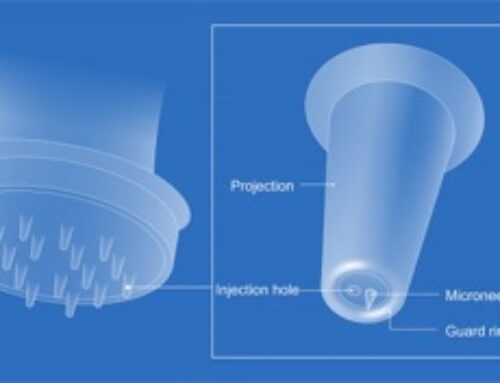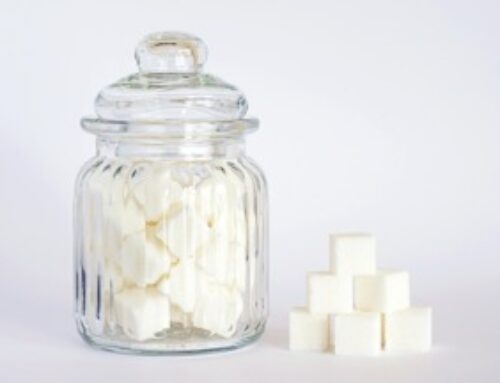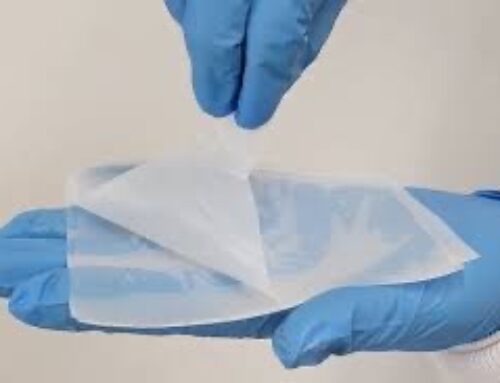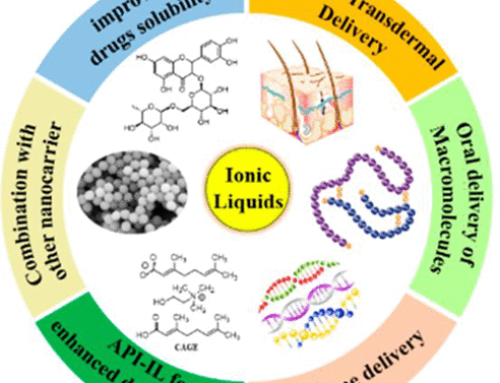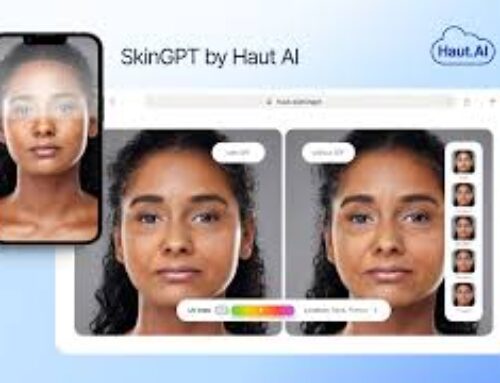As we age, one of the most noticeable changes in our skin is the gradual loss of collagen. This vital protein helps maintain skin’s firmness, elasticity, and youthful appearance. Biostimulatory fillers have emerged as a gentle, natural way to restore this lost collagen, providing a fresh alternative to traditional fillers that simply add volume. These innovative fillers work by stimulating your body’s own collagen production, offering a more natural and long-lasting rejuvenation from within.
Unlike traditional fillers that fill spaces beneath the skin for an immediate volumizing effect, biostimulatory fillers take a different approach. They trigger fibroblasts—cells responsible for producing collagen—to gradually replenish collagen levels over time. This process leads to smoother skin, improved elasticity, and restored volume that looks natural. Common biostimulatory fillers include Sculptra and Radiesse, both known for their ability to provide long-lasting results, with effects that can last over a year.
Biostimulatory Fillers vs. Skin Boosters
While both biostimulatory fillers and skin boosters enhance skin appearance, their mechanisms and outcomes differ. Skin boosters, like hyaluronic acid-based treatments, primarily improve hydration and skin texture for a short-term glow. On the other hand, biostimulatory fillers focus on long-term improvements by stimulating collagen production, leading to sustained rejuvenation. Sculptra and Radiesse, for example, not only restore lost volume but also promote new collagen formation, offering results that can last much longer.
Types of Biostimulatory Fillers
Biostimulatory fillers come in various forms, each with unique properties and benefits:
- Poly-L-lactic Acid (PLLA): Found in Sculptra, this synthetic polymer stimulates collagen production gradually, with effects developing over several months. It’s ideal for areas like the cheeks and temples, where volume loss is more pronounced.
- Calcium Hydroxylapatite (CaHA): Used in Radiesse, this filler provides an immediate volumizing effect while also stimulating collagen production. It’s commonly used to treat deeper wrinkles and areas like the midface and jawline.
- Poly-D,L-lactic Acid (PDLLA): A newer form of biostimulatory filler, PDLLA-based products such as AestheFill offer long-lasting volumizing results by encouraging collagen production over time.
- Other types include Polydioxanone (PDO), Polycaprolactone (PCL), and Poly-D,L-lactic acid-co-Glycolic acid (PLGA), each offering unique characteristics for facial rejuvenation.
Combining Biostimulatory Fillers with Other Treatments
For even more enhanced results, biostimulatory fillers can be combined with other treatments like hyaluronic acid fillers. This approach offers both immediate hydration and long-term collagen stimulation, creating a comprehensive anti-aging effect. Fillers like HArmonyCa blend hyaluronic acid and CaHA to provide a balanced treatment that hydrates the skin while promoting collagen production for a natural lift.
Is a Biostimulatory Filler Right for You?
If you’re looking for a natural way to restore your skin’s youthful appearance, biostimulatory fillers may be a great option. Unlike traditional fillers, they offer long-term benefits by enhancing your skin’s structure over time. For those who prefer subtle, gradual changes rather than an immediate dramatic effect, biostimulatory fillers provide a way to age gracefully with results that can last up to two years.
Biostimulatory fillers represent a significant advancement in facial rejuvenation, offering a more natural and sustainable solution to aging. By working with your body’s own collagen production, these fillers provide long-lasting improvements that enhance skin firmness, elasticity, and overall appearance. Whether used alone or combined with other treatments, they offer a versatile approach to achieving healthy, youthful skin.

